So what is the perfect shutter speed to shoot everything? The one speed that all cameras should only use. Well the truth is there really is one perfect anything in photography. The answer to every question one could ever ask about photography starts with the following: “Well it depends”. It is not a bad thing, it is just that photography is just full of variables. Like the sun, for example, that is a huge variable in photography.
For Shooting Sports
Generally in sports photography, the faster the better! There is a lot of movement and photographers who shoot sports often have big giant lenses that almost require faster speeds for sharp images. Most times a sports photographer is going to want to shoot at a minimum of 1/500 of a second to keep everything sharp. Faster sports like racing, the photographer is most likely grabbing something faster, in terms of the shutter speed.
..the truth is there really is one perfect anything in photography. The answer to every question one could ever ask about photography starts with the following: “Well it depends”.
For Landscape Photography
Usually with landscapes the slower the better. That goes hand in hand with the use of a tripod, because at slower shutter speeds it is needed. Intentional photos at really long shutter speeds can be used to blur motion, water etc. The photographer can also go with a faster shutter speed to freeze motion. So the answer to this one is, basically slower shutter better most times, sometimes fast.
For Portraits
“It depends” yeah of course it does, right? For portraits the biggest factor is if the photographer is using lighting, or not. Strobes, for example, allow the photographer to shoot at slower speeds and get sharp images. Here is some more about photography lighting sources. And the second thing the allows slower shutter speeds, are because people generally stand still when getting their picture taken. Sometimes, I can even get away with 1/60th of a second, but I don’t recommend it when shooting portraits, especially business portraits and corporate headshots.
…usually the faster the better when it comes to a subject that needs to be sharp. This is especially true if that subject can move.
One thing I will note is, usually the faster the better when it comes to a subject the needs to be sharp. This is especially true if that subject can move. A good middle ground is 1/125 of a second is a good shutter speed for photographing people – it’s not perfect though (with strobes it is). So if we absolutely have to be sure of sharpness grab 1/500th of a second with available light (see below).
-
Please note that when using strobes certain camera have a max shutter speed of 1/250 or image cutoff will occur. This is because the shutter moves across the image plane, and doesn’t open completely for the full frame. Think of how a photo copier works, if that makes sense, or just take my word for it. There are now numerous products that can overcome this today.
I wanted to create movement in this image of the worker walking beside the tracks. This was accomplished with a slower shutter speed, movement of the train and a large aperture. © Robert Lowdon
For Creative Effects
Now for the opposite of everything I just said. We can use all types of blur to create effects in an image. We as photographers have a lot of tools we can use. I do recommend that creative effects should look intentional. Break the rules, be a rebel, and be very blatant about it!
Blurring water in landscapes, blurring cars and people in architecture photography, are prime examples of creative effects with shutter speeds. The opposite end of that is high speed photography, where the photographer is freezing motion, like water, hummingbirds, etc.
…just play around with different speeds. Don’t be afraid to photograph a subject using various combinations of shutter speed and aperture. Pixels are cheap!
For Almost Everything Else
My advice is to just play around with different speeds. Don’t be afraid to photograph a subject using various combinations of shutter speed and aperture. Pixels are cheap! Cameras are not so make the money count for something.
There is this great point in learning photography that comes later, after all the technical stuff is learned. It’s the point when all this stuff becomes background noise, and the photographer’s focus is on creativity, producing the image.
Now after all this, What is the perfect shutter speed?
The best shutter speed is the one that gets the job done. Shutter speed is only a variable in the photographic equation, and just that.
And you can follow my advice, when in doubt I grab 1/500 of second because I know it will be sharp. Throw some speed on the fire, or err that made no sense. Faster speeds for moving objects, slower when you can.
Check out our other quick photo tips here.

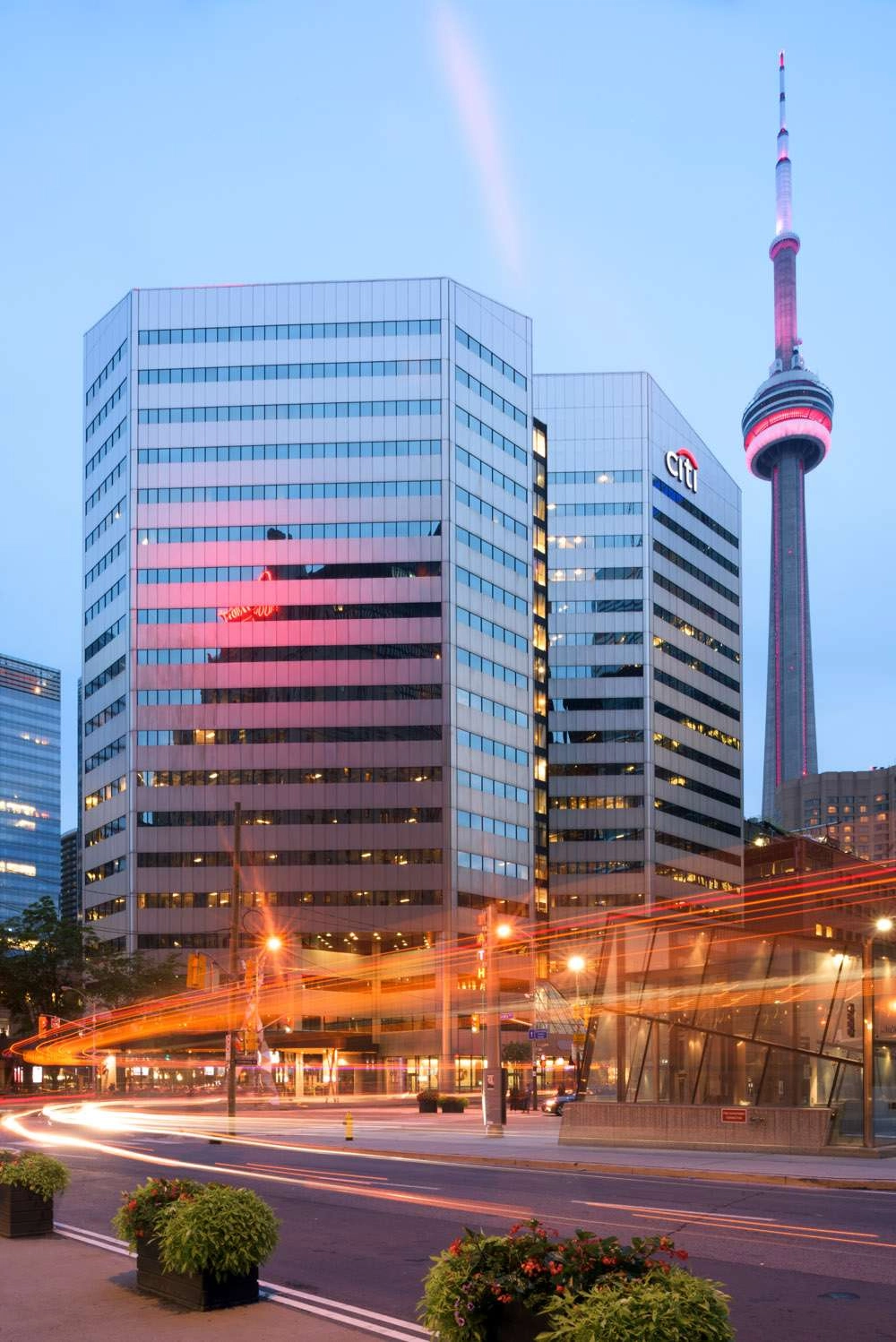
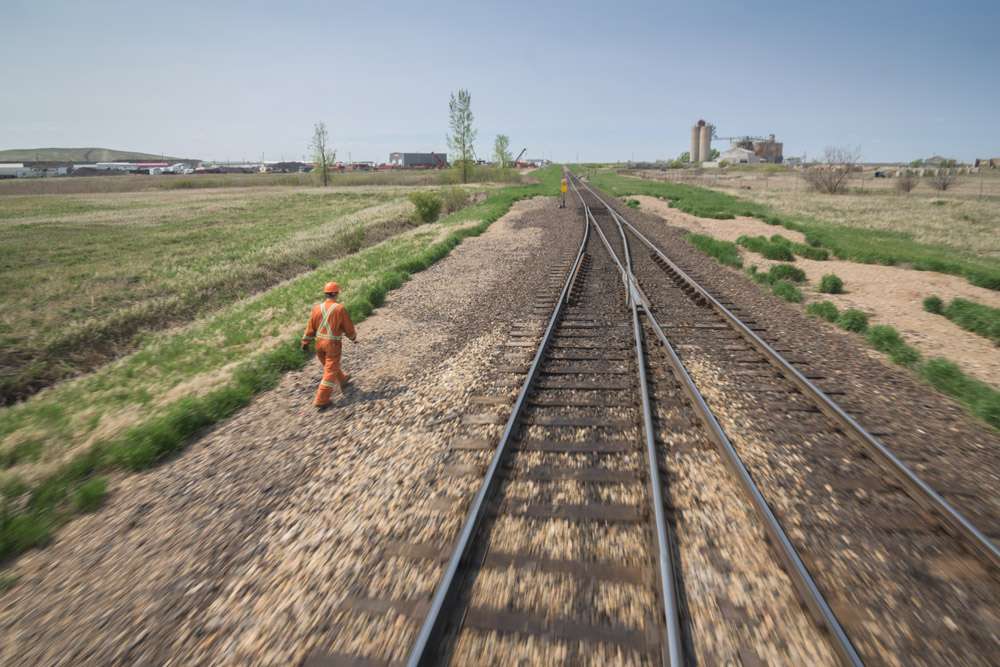
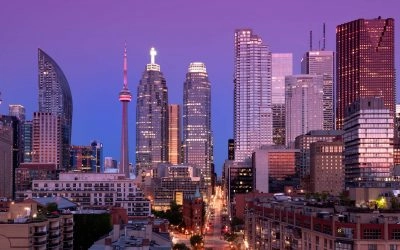
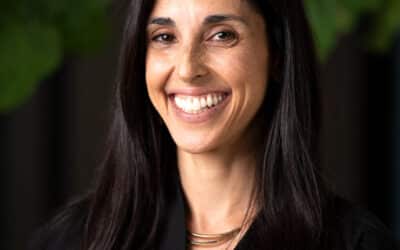
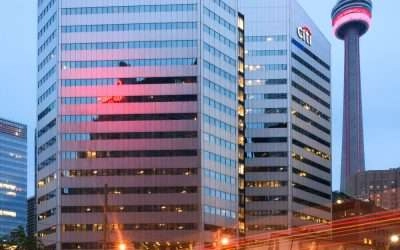
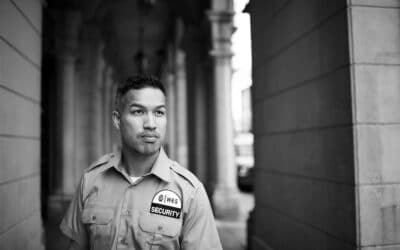
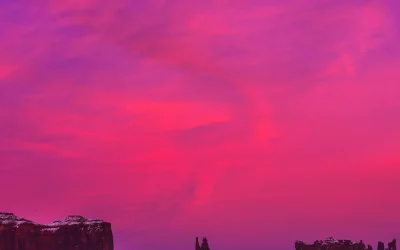
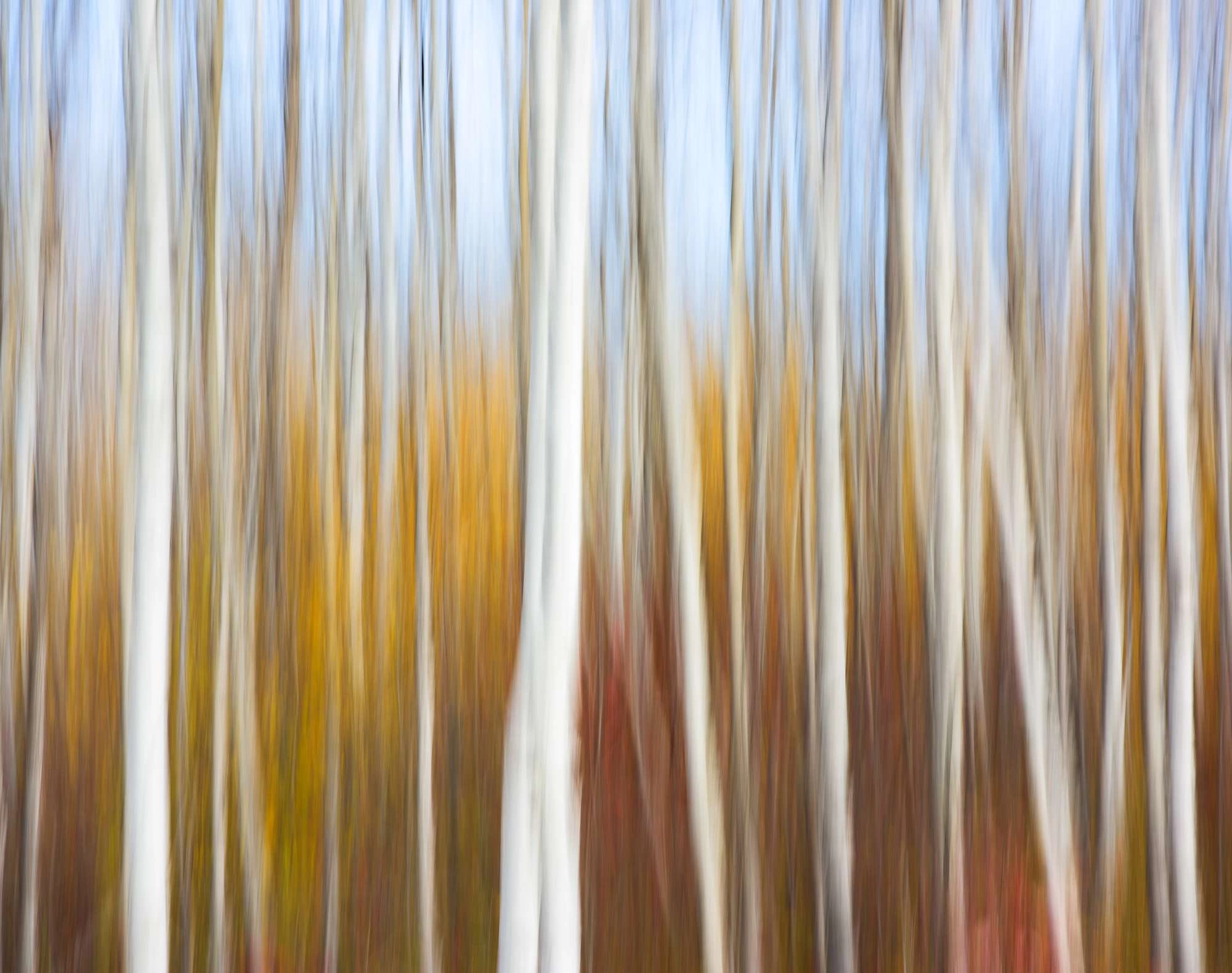
0 Comments